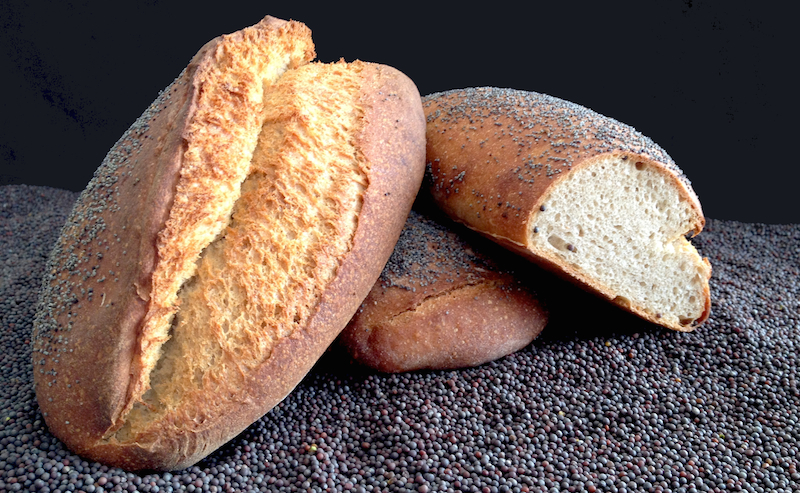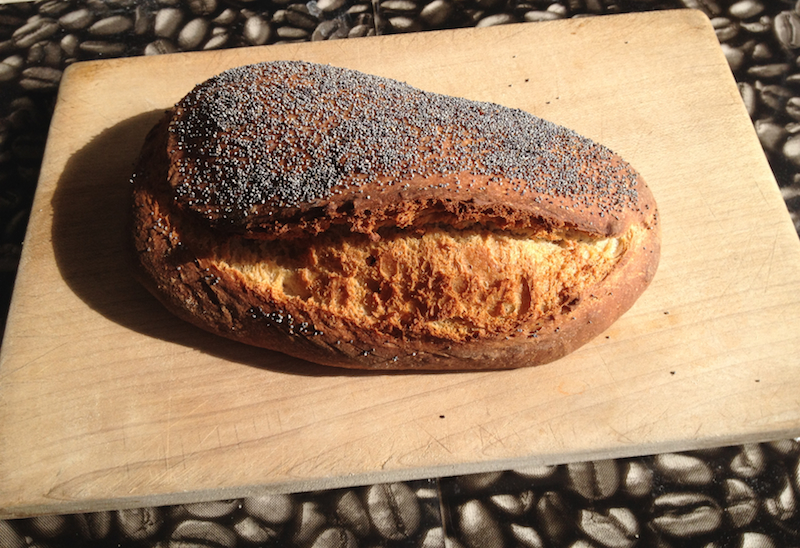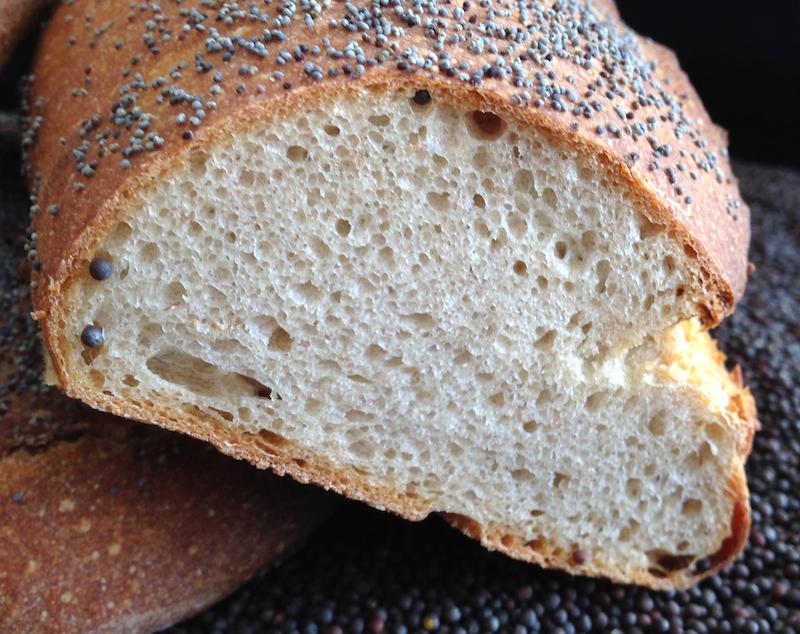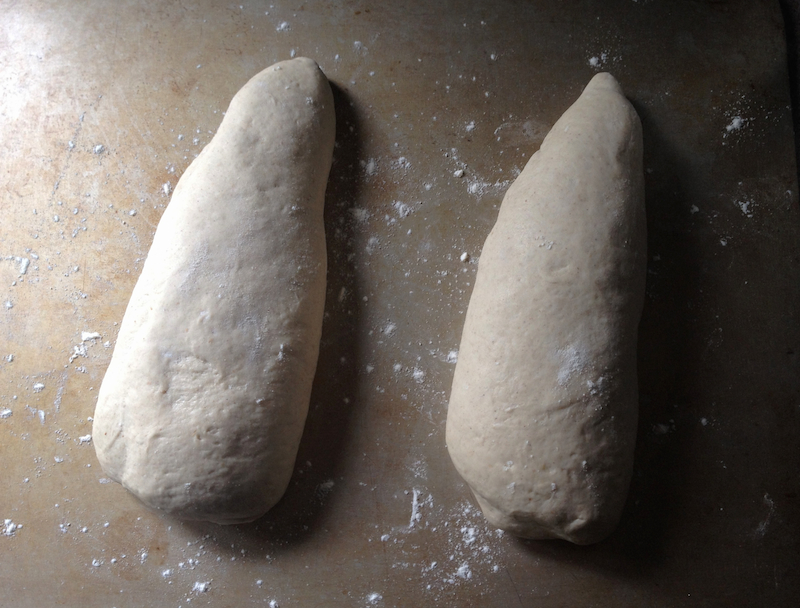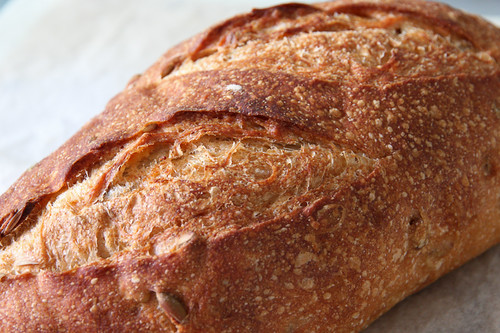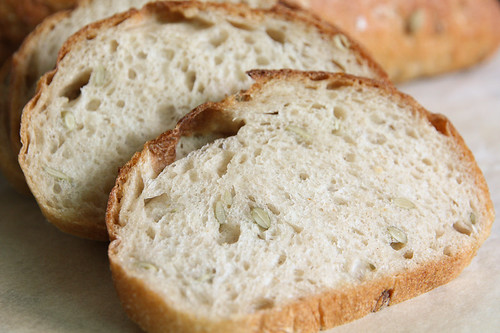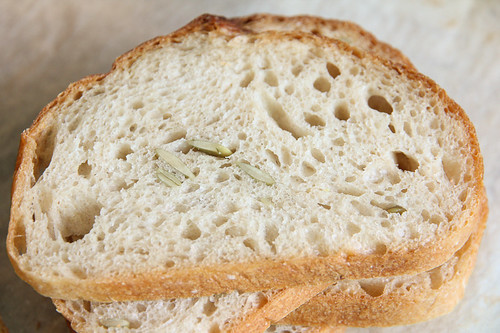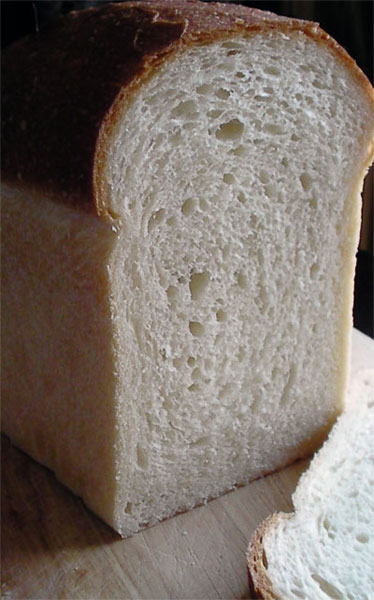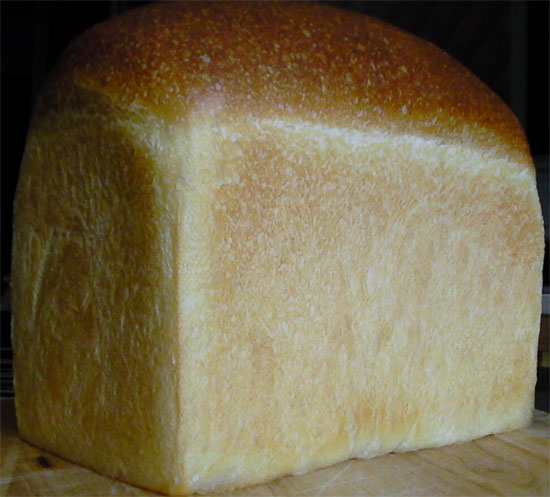
Sourdough sandwich bread
It's been a while since I've had the luxury of daily check-ins with TFL. Lots going on this summer, and actually I really don't have the time even now! But I made some sourdough sandwich bread today for the first time (so far I have only made rustic loaves with my starter), and I wanted to get the recipe written down and share it with anyone else who might like it.
I already have a favorite sandwich bread, but wanted to try using my homegrown 100% hydration starter in a sandwich loaf. Specifically, I wanted to use my starter in my favorite sandwich bread. I started with a google search and came up with a method for using starter in your favorite recipe. The website (which I can't find now, typical) stated that this was a method modified from one in Sourdough Jack's Cookery. Take 2/3 of the flour from your recipe and add it to all of the water, plus 1 cup of active starter. Stir, cover, and set on the counter overnight. Then add the rest of the ingredients and proceed as usual. This method as written, however, only allowed for a 10 minute rest after mixing, followed by final shaping. I wanted a bulk fermentation followed by shaping and a final proof. So, here's what I did, using amounts from my recipe:
Night before baking:
Combine 1 C starter (at feeding time, I feed mine every 12 hours at a 1:4:4 ratio) with 4 C KAF bread flour and 2 C Brita-filtered water at room temp (or it might have even been straight from the fridge). Stir, cover with plastic wrap and leave out overnight.
Day of baking:
Pour sponge mixture into mixer bowl and add 1/4 C melted butter, 2 TBSP sugar, 2 tsp kosher salt, and 1 C flour. Mix until combined, then add remaining cup of flour until dough is fairly stiff (my usual yeast-raised dough uses about 6 C flour and 2 C water, plus 1/4 C melted butter, for around a 35% hydration level). The dough will clear both the sides and bottom of the bowl. Knead at speed 2 for about 4 minutes or until dough passes the windowpane test. Transfer to oiled bowl and let rise in warm place until doubled, around 2 hours.
Shape into loaves and place into greased pans. Let rise for about an hour, or until light and risen nicely, then bake at 375.
This bread is tangy but not terribly sour. It tastes a little like Panera's sodo, actually, but is less chewy and has a very thin and soft crust. Moist, tender and fine crumb. Can't wait to try it in a ham sandwich!




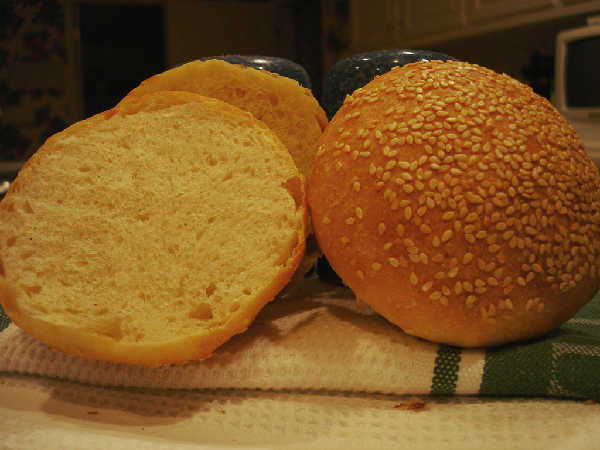 A Hamburger Bun
A Hamburger Bun

